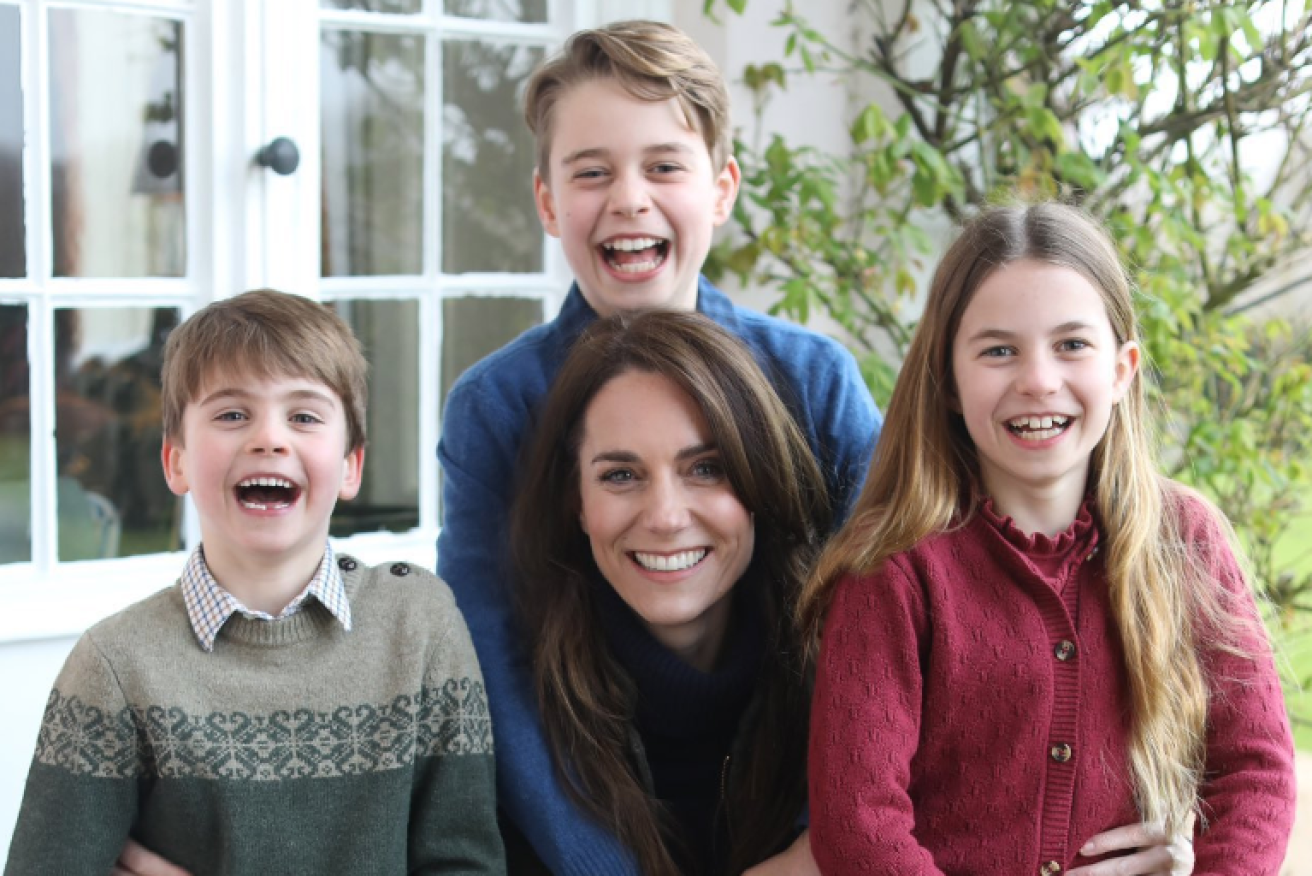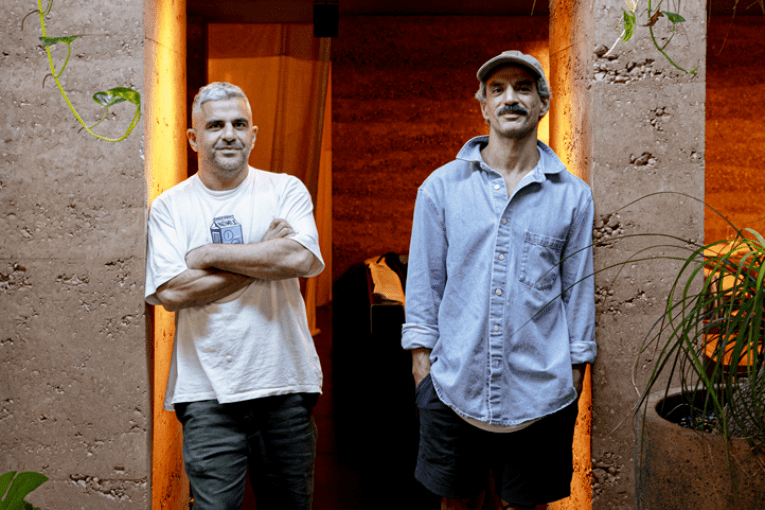Keeping silent has never created such a noise as the curious case of Catherine
Outside of two grainy paparazzi photos, Catherine, Princess of Wales, hasn’t been seen in public since Christmas Day 2023, when she attended a church service at Sandringham. But much has been written into her absence, say academics Naomi Smith and Amy Clarke

The controversial photo which Princess Katherine admits to 'editing'.
In January, Kensington Palace announced Kate Middleton (as she’s more popularly known) was to undergo “planned abdominal surgery” and wasn’t expected to return to public duties until after Easter.
Social media have been awash with speculation about Catherine’s health and whereabouts. Limited information has dripped out of Kensington Palace, inadvertently intensifying scrutiny. The information void has prompted onlookers to fill the space with their own theories.
As scrutiny reaches a fever pitch, we ask: why is the Palace’s typical media playbook no longer working?
This isn’t the first time rumours about the British royal family have attracted public interest.
Anne Boleyn (circa 1501-1536), the second of six wives of Henry VIII, was executed after being found guilty of adultery, incest and treason. While historians differ in their interpretation of Anne’s guilt or innocence, it’s clear the charges were at least partially the result of gossip instigated by rival factions seeking power at the English court.
The long-reigning Queen Victoria (1819-1901) was widely regarded as as a loyal wife and mother. Yet she too became the target of gossip regarding her close friendship with Scottish servant John Brown after her husband, Prince Albert, died in 1861.
Then there were the rumours about Diana, Princess of Wales: that her son Harry was the product of an affair, that she was pregnant with Dodi Fayed’s child at the time of her death in 1997, and that her death wasn’t accidental.
The Palace typically refuses to comment on these kinds of sensational rumours. Sometimes, though, it will reject gossip via trusted media sources, as was the case in late 2018 when it denied there was a feud between Catherine and Meghan Markle, Duchess of Sussex.
The royal family has gradually adjusted to new media and technologies, though not as quickly as the public might like.
On one hand, the Palace continues its age-old tradition of announcing major news on a noticeboard at the gates of Buckingham Palace. On the other, a previous tendency to hide serious illnesses – such as the cancer that claimed King George VI’s life in 1952 – has been tempered by a more forthcoming approach.
When Queen Camilla underwent a hysterectomy in 2007, the media were informed on the day of the surgery. The Palace was similarly open in its acknowledgement of Catherine’s hospitalisation for hyperemesis gravidarum (severe nausea and vomiting) during her first pregnancy in 2012. It announced her second pregnancy in 2014 earlier than planned due to the same condition.
On some level, we’ve become accustomed to such updates.
In response to limited information about Catherine’s health, memes stepped in to fill the space. Users on X joked about her recovering from a Brazilian butt lift, or growing out her bangs.
There were also more serious claims that she was in a coma, or dead, or getting a divorce.
In the midst of this speculation, TMZ published a grainy photo of Catherine in the passenger seat of a car near Windsor Castle. She wears large, dark glasses in the long-distance shot. It could be anyone, internet sleuths point out.
Significantly, no major UK news outlets published the photo, as per Kensington Palace’s request. This is partly driven by a desire to preserve access to the Palace in the long term. UK news outlets are also constrained by the Editor’s Code of Practice and the UK’s right-to-privacy legislation, which applies to the royal family. Nonetheless, the snap was widely circulated online.
The situation escalated further when Catherine shared a photo of her and her children on Instagram in honour of Mother’s Day. The public quickly realised the image was at best poorly photoshopped or at worst AI-generated. Online sleuths identified strangely shaped and misplaced hands, odd shadows and unseasonal plant life.
The Associated Press, Getty Images, AFP and Reuters subsequently issued “kill notices” on the image, stating concerns it had been digitally manipulated. In response, Kensington Palace released a brief statement from Catherine, who explained that as an amateur photographer she likes to “occasionally experiment with editing”. The photo had previously been attributed to the Prince of Wales.
The situation with Catherine’s absence from public life exposes the limits of old media strategies in a “new media” world.
The Palace is used to being able to control media coverage through the royal rota, a select group of press outlets in the UK given access to royal events. It typically doesn’t comment on the record in response to gossip and speculation. Yet the interest in Catherine’s health has prompted a number of statements to the press.
These old media strategies don’t seem to be working, with news outlets that are part of the royal rota reporting critically on the manipulated image.
In a world increasingly plagued by synthetic and AI-generated images, it seems the Palace releasing a digitally manipulated image has also undermined the public’s trust in it, adding fuel to the fire.
The public has become increasingly sensitised to AI-generated images over the past year, and is generally much more sceptical and switched on. At the same time, the release of the first post-surgery image of Catherine was always going to attract scrutiny online. It seems the Palace was unprepared for this.
Most social media users also treat royal rumours similarly to other types of viral celebrity gossip and conspiracy theorising, and evidence suggests the royal family’s popularity is declining over time.
Chaotic, fast-paced social media platforms such as X and TikTok are breeding grounds for misinformation – and #KateGate is arguably the first time the Palace has felt the full force of new-age online conspiracy.
Recent events demonstrate the Palace can no longer rely on favoured newspapers avoiding tricky topics. Now, everyone online can act as a reporter – and a sleuth – and the Palace will need to be much more forthcoming if it wants to preserve its image.
Amy Clarke is Senior Lecturer in History specialising in architectural heritage and material culture,; Naomi Smith is lecturer in Sociology, both at the University of the Sunshine Coast. This article first appeared in The Conversation and is republished here under Creative Commons Licence.












